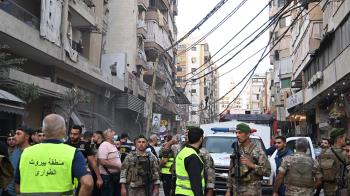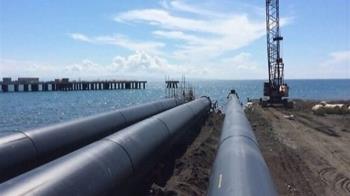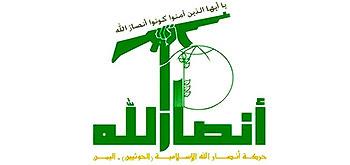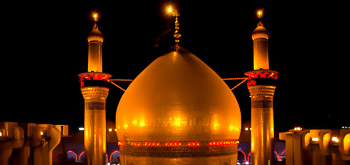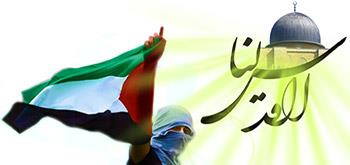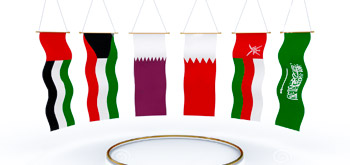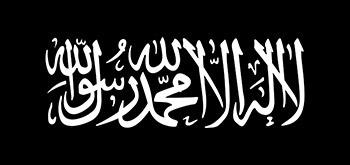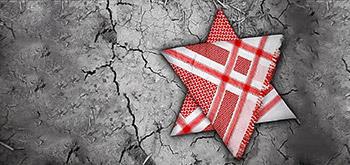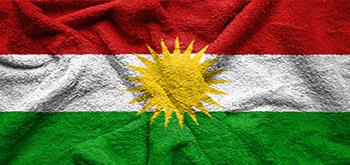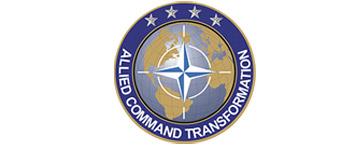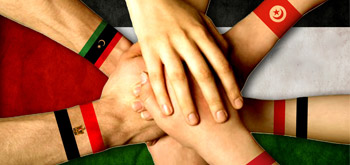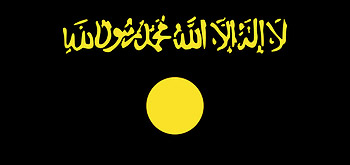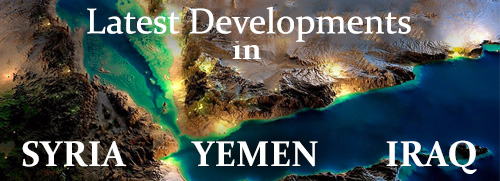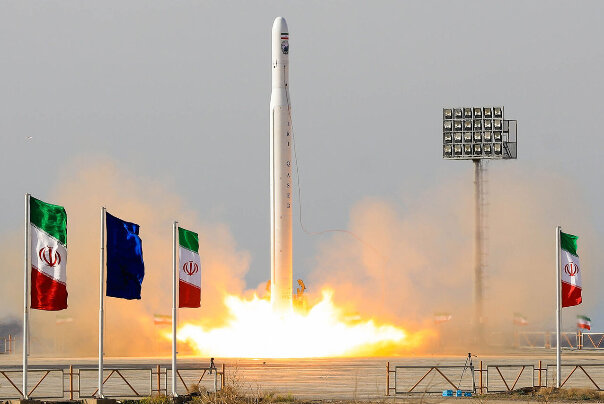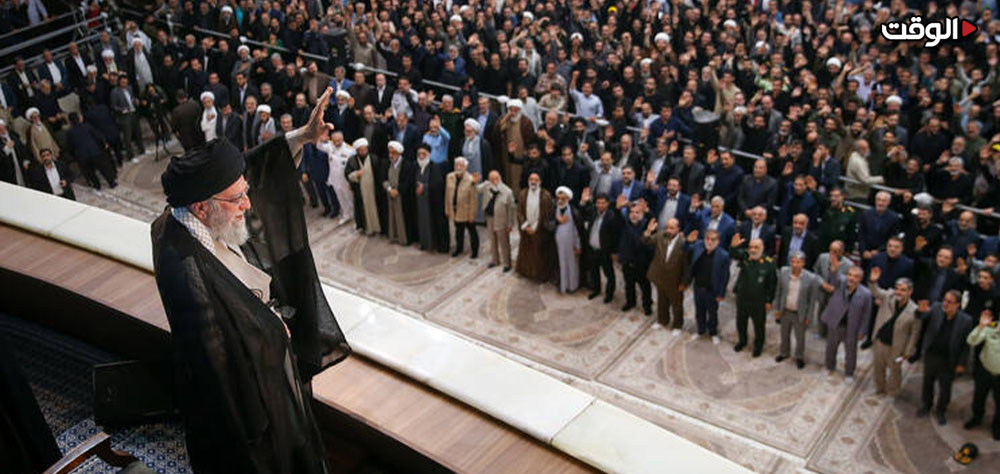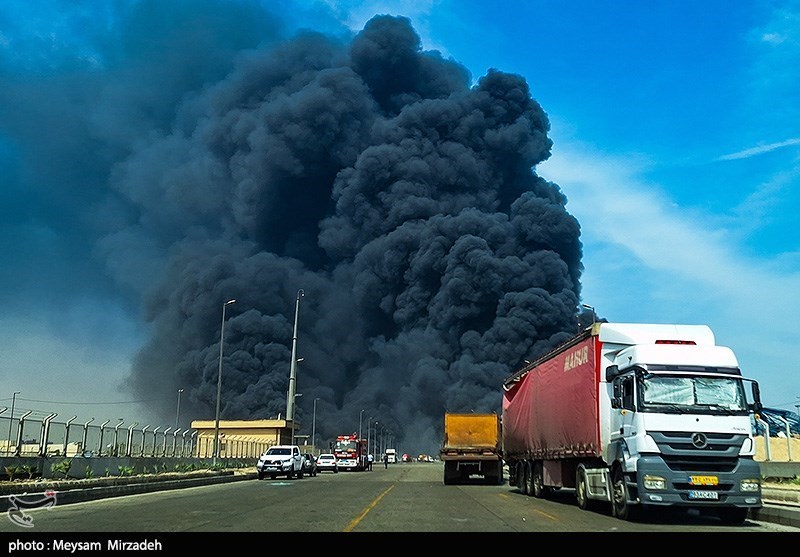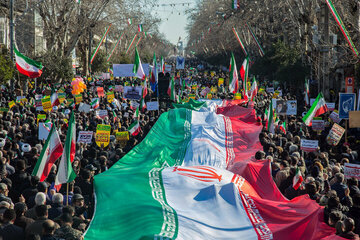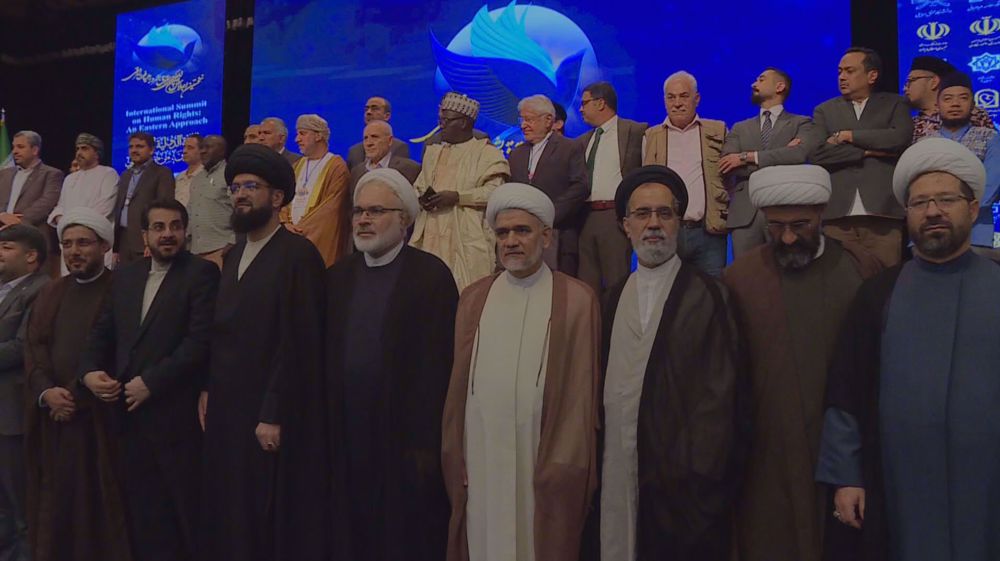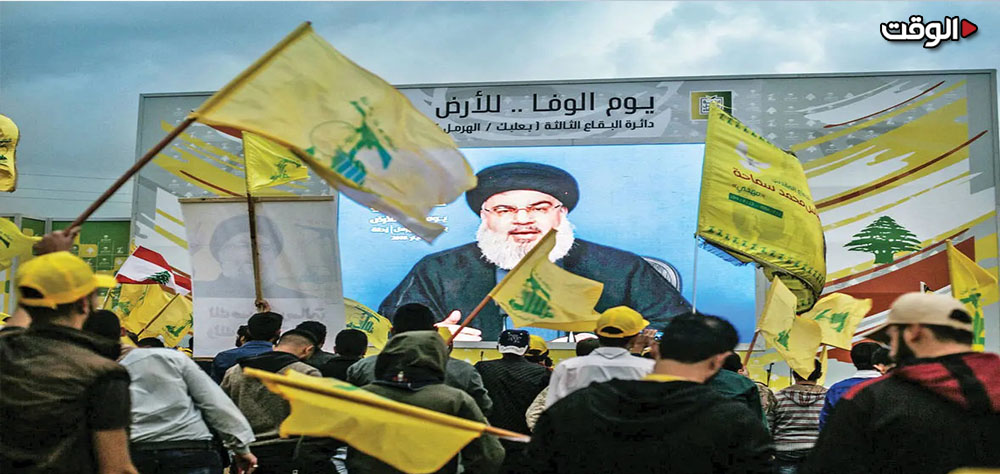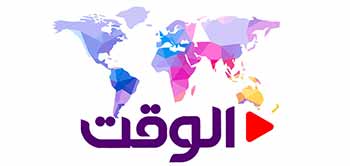Alwaght- Donald Trump's tour of the Persian Gulf was surrounded by a lot of controversy. He returned home from his first foreign visit since his comeback to the White House with an array of economic achievements from securing $1 billion in Arab investment in the American economy to successful marketing of American companies.
Still, to give the host countries a feeling of achievement and pretend that they also benefited from his tour and the agreements he signed with them, the US president complimented the economic conditions of these monarchies, especially Saudi Arabia, and even made a comparison between the economic conditions of the two sides of the Persian Gulf, namely Arab monarchies and Iran.
Addressing the Saudis, he said while they have built skyscrapers, Iran's historical monuments are collapsing. The Iranian government’s mismanagement of several years, he claimed, has caused the country to face power outages lasting several hours and even days.
While claiming that "Arab countries are becoming a pillar of stability and trade in the world," he repeated the four-decade-old and repetitive positions of the opponents and enemies of the Islamic Republic of Iran, accusing the government of stealing people’s resources and financing terrorism, in order to not only appease the Arab leaders but also, in his opinion, sow division between the people and the political leadership of Iran.
Trump is always known for adopting populist positions based on incorrect and undocumented information. An example is his claim about the US’s $350 billion in military aid to Ukraine, which documented reports stated was $127 billion over three years. So now the question presents itself: Is the development gap between the two sides of the Persian Gulf as Trump claimed?
Comparison based on development indicators
In recent years, the acceleration of economic growth rates in the Persian Gulf Arab states, high per capita income, and the trending news of ambitious economic and technological plans with staggering and legendary budgets, especially in Saudi Arabia, under Vision 2030 plan - such as the NEOM project and the Line City - have been the main sources of the emergence of media perceptions of the economic progress in these countries; the same media image that Trump also used as a basis for his claims.
But the reality is that neither the media reflection of the economic development of Arab countries corresponds to reality, nor does the Western media's stereotypical image of Iran.
In 2022, the highest economic growth in the region was to Saudi Arabia with a rate of 8.7 percent, and the kingdom's per capita income reached $68,450. Saudi Arabia also currently has the largest size of economy among West Asian countries. The country has increased its GDP to $1,019 billion. The UAE comes next with $486 billion and then the Iranian economy with GDP of $407 billion. Today, Arab countries are among the top per capita incomes in the world thanks to their high sales of oil and gas, but can per capita income and economic growth rates be considered a benchmark for comparing development? For example, Qatar's per capita income with $78,220 and the UAE's per capita income of $88,960 per year are at the top of the world list, and have even surpassed the US on the list.
In the economic growth index, Iraq and Kuwait have also recorded a growth of 7.9 percent in recent years, which has been one of the highest growth rates in Asia and the world.
So, we have to differentiate between the two concepts of "economic growth" and "economic development." While economic growth is a quantitative concept, the economic development is a qualitative one. Economic growth is simply an increase in production in a specific year compared to its amount in the base year.
But "development" is growth accompanied by an increase in production capacities, including physical, human and social capacities. In fact, development is a pervasive phenomenon in society and cannot occur in just one part of it. Development has no specific boundaries or limits, but rather, due to its dependence on humans, it is a qualitative phenomenon (unlike economic growth, which is completely quantitative) and has no limits. The definition of development, like any other abstract concept, is constantly changing and evolving.
At the meeting of world leaders in the UN in 2000 under the title of the Millennium Summit, goals were set for the development of countries. These goals included: Eradicating absolute poverty and hunger, achieving universal primary education, promoting gender equality and empowering women, reducing child mortality, improving maternal health, combating AIDS, malaria and other diseases, ensuring environmental sustainability and creating a global partnership for development. Today, these criteria should be supplemented by the growth rate of science, access to advanced technologies (HI-TECH), industrialization, etc.
In all these criteria, Iran has always been a leader among developing countries in global statistics. For example, according to statistics from international citation databases, Iran has the fastest scientific growth rate in the world, 11 times the global average. In terms of the number of articles, Iran also ranked first in the region in 2017 and 16th in the world.
According to Web of Science statistics, Iran ranks 14th in the world in terms of most cited institutions and ranks 17th in the world in terms of scientific production, and in terms of the number of articles, it is above all countries in the region. While all Islamic countries account for between 8 and 10 percent of the world's scientific production, Iran alone accounts for 2 percent of the world's scientific production.
The rate of science production is crucial because technology, as an important factor of development, depends on scientific production and not on imports. For example, based on the PRODY and EXPY indices during 2000-2016, although China's high-tech industry exports are higher than those of the US, the export structure of the advanced technology manufacturing industry in China is not as mature as that of the US, and the complex technology structure of high-tech exports in the US is higher than that of China.
Today, Iran has not only achieved domestic self-sufficiency in the fields of nanotechnology, space, nuclear technology, military technologies, pharmaceutical and medical technologies, computer (start-ups) and many other technology-related fields, but has also stepped in the arena of competition with tech giants and has taken practical and technological monopoly out of the hands of advanced countries. To surprise of all, all these advances have been achieved under the shadow of the heaviest economic sanctions of the West. During Trump's recent visit, Saudi Arabia was forced to pay a $1 trillion in investment as a ransom to the US in order to obtain nuclear technology, while Iran has been completing its indigenous nuclear knowledge cycle for years and has entered the commercialization stage of this widely used industry.
Structural similarity to world's development patterns
If we want to consider emerging economies like China, South Korea, Brazil, and India, these countries have sometime relied in their development course on localization of technology, support for home industries, and limitation of the imports to give chances of growth to their internal capacities. Iran has also taken a similar approach in recent decades, especially after the revolution, and has tried to localize strategic industries and achieve industrial independence to cut dependence on the West. Also, Iran's economy needs massive job creation with 90 million population, which cannot be solved with the service-import model of Arab countries that have small populations.
Arab countries developed their economies mainly by importing technology, contracting with large international companies, and foreign investment, and they rely more on the "rapid construction with foreign money and knowledge" model. Instead of localization, they focused on developing services such as finance, tourism, transportation. Their advantage is oil revenues, which made it possible to purchase technology and attract foreign experts. However, their dependence on foreign countries in the technology sector is high. For example, Saudi Arabia is completely dependent on the West in defense industries.
Place of power in new world order
In the past two decades, the international order has been in a state of overhaul, and the world after a 70-year period of bipolar order and then unipolar order is moving to multipolar order. On the other hand, the world's economic and financial system is moving out of the Western monopoly and the Eastern powers are seeing a boost of their global role. In these circumstances, where emerging alliances such as BRICS and Shanghai Cooperation Organization (SCO) are shaping new global equations, examining the track record of political systems solely based on a few microeconomic indicators of growth, per capita income, and GDP (based on oil sales) is by no means a correct measure of development. While Arab countries continue to need to purchase expensive and useless weapons to ensure security, Iran has entered the eastern alliances as a heavyweight in sensitive regional equations, and, as admitted by US national security documents in recent years, has become one of the major threats to the American superpower status, alongside Russia and China.
Independence, self-sufficiency, and democracy
Relying on political and economic independence, Iran has moved a path different from the Western-reliant Arab countries. Self-sufficiency in defense industries, nuclear technology, and strategic technologies are achievements that free Iran from the trap of reliance on foreign powers, while Arab countries like Saudi Arabia and the UAE lack any domestic capabilities despite their oil wealth and even entrust their security protection to the US military.
Democracy in Iran is manifested in the form of elections and elected institutions, but in Arab countries, hereditary governments rule without true elections. Saudi Arabia does not even allow the formation of political parties, while Iran has a much more dynamic political atmosphere.
The dependence of Arab countries on the US has turned them into instruments of Western policies, and the sway of Washington over their foreign policy and even domestic decision-making cannot be hidden. However, Iran, despite sanctions, stands up to American bullying and continues its independent path.
Do Arab public and elites think as Trump does?
Although Trump's comparison of development in Iran and the Persian Gulf Arab countries was so populist, this distortion of reality was so clear that with a simple search we can see that his remarks are not even bought by the Arab citizens.
In fact, in the minds of the people of Arab countries, development is different from consumption of Western goods and per capita income, and ironically, they see Iran’s extensive advances in the nuclear, military, missile, and space fields as part of the path to development.
Although Arab media usually do not cover these sentiments, such opinions are seen in social networks and informal surveys.
For example, a 2018 Zogby Research Services survey shows that in Lebanon, Iraq, and even part of Palestine, a significant percentage of people (between 30 and 50 percent) admire Iran’s military and technological advances. Some respondents in Egypt and Tunisia have also expressed that Arab countries lag behind Iran in missile and space sectors.
Another survey, conducted by London-based Ray Al Yaum newspaper, in 2021 maintained that Arab respondents complimentarily believe that "Iran stands alone against the West, but rich Arab countries only buy weapons and make no progress." In this survey, Arab citizens of North African countries, such as Algeria, also considered Iran's space progress as revealing "the Arab world's weakness in advanced sciences."
Another poll by Al Jazeera Press on X in 2023 asking "why are Arab countries lagging behind Iran in missile and nuclear technology?" found that more than 60 percent of participants agreed that "Arab governments are dependent on the West instead of investing in science." Some Saudi and Emirati users asserted that "our money is spent on buying weapons, not manufacturing them."
A report by Arab Observatory in 2022 related the sense of compliment of Arab citizens for Iran's missile technology advances maintains that Arab public say: "Iran produces missiles while we cannot even produce a bicycle."
Another poll by Pew Research Center conducted in 2020 comparing Saudi Arabia and Iran in technology found that even about 20 percent of Saudi youths complain why their country is not independent like Iran in technology.

